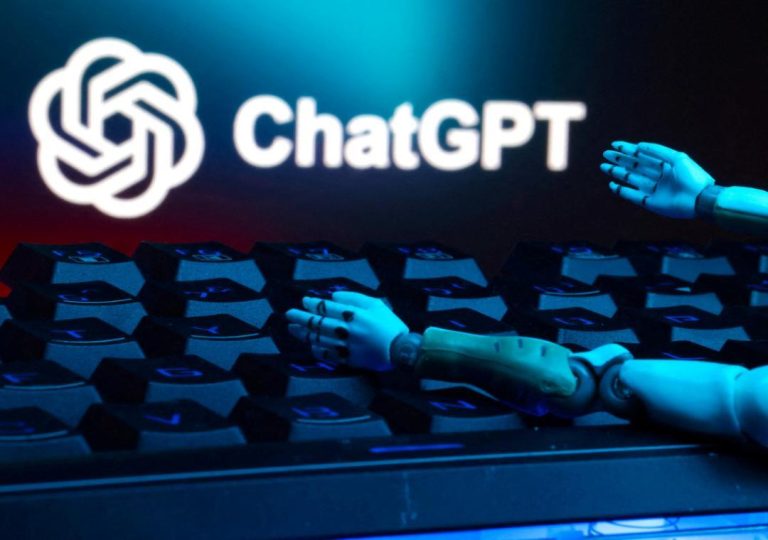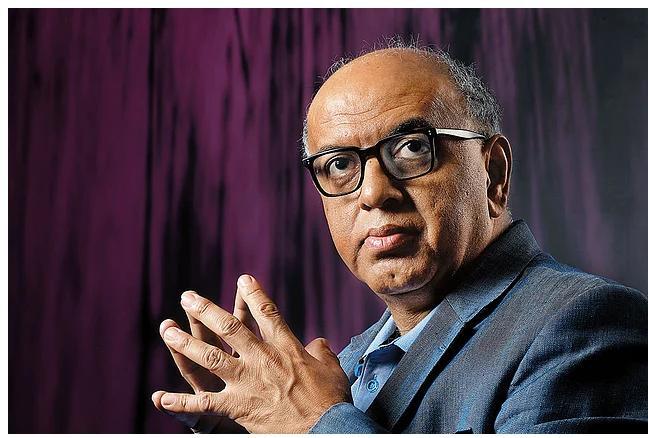
Physiotherapy: How AI & AR are making pain a thing of the past
In recent years, the field of physiotherapy has witnessed a significant transformation with the integration of Artificial Intelligence (AI) and Augmented Reality (AR) technologies. These innovative tools are revolutionizing the way physiotherapists diagnose, treat, and prevent musculoskeletal disorders, ultimately paving the way for a pain-free future. In this blog post, we’ll delve into the exciting world of AI and AR in physiotherapy, exploring how they’re making a significant impact on pain management and prevention.
Personalized Exercise Plans with AI
One of the most significant benefits of AI in physiotherapy is the ability to create personalized exercise plans for patients. Traditional physiotherapy approaches often involve generic exercises that may not cater to an individual’s specific needs. AI-powered algorithms can analyze a patient’s medical history, movement patterns, and physical abilities to develop customized exercises that target their specific areas of pain. This personalized approach not only increases the effectiveness of treatment but also reduces the risk of injury or exacerbating existing conditions.
For instance, AI-powered physiotherapy apps can analyze a patient’s posture and provide real-time feedback on how to correct it. This not only improves their overall posture but also reduces the risk of developing musculoskeletal disorders such as back pain or neck strain.
Early Detection with AI
Another significant advantage of AI in physiotherapy is its ability to detect musculoskeletal issues early on. AI-powered algorithms can analyze data from wearable devices, medical imaging, and other sources to identify early warning signs of potential problems. This allows physiotherapists to take proactive measures to prevent injuries or conditions from developing, rather than simply treating the symptoms.
For example, AI-powered algorithms can analyze a patient’s gait patterns and identify potential issues with their foot strike or knee alignment. This information can be used to develop targeted exercises and stretches to prevent injuries or conditions such as shin splints or runner’s knee.
AR in Physiotherapy: Enhancing Patient Engagement
Augmented Reality (AR) is another technology that’s transforming the physiotherapy landscape. AR can enhance patient engagement by providing a more immersive and interactive experience. With AR, patients can visualize their treatment plans in 3D, allowing them to better understand their condition and take a more active role in their recovery.
AR can also be used to provide real-time feedback and guidance during exercises, ensuring that patients are performing them correctly and safely. This not only reduces the risk of injury but also improves the overall effectiveness of treatment.
For instance, AR-powered physiotherapy apps can provide patients with interactive exercises and stretches that are tailored to their specific needs. These exercises can be performed in the comfort of their own homes, reducing the need for frequent hospital visits and improving overall patient engagement.
The Future of Physiotherapy: A Pain-Free Future
The integration of AI and AR in physiotherapy has the potential to revolutionize the way we approach pain management and prevention. By shifting the focus from treatment to prevention, these technologies can help reduce the risk of musculoskeletal disorders and improve overall patient outcomes.
In the future, we can expect to see AI and AR become even more integrated into physiotherapy practices. AI-powered algorithms will continue to analyze vast amounts of data to develop personalized treatment plans, while AR will provide patients with immersive and interactive experiences that enhance engagement and effectiveness.
Conclusion
Physiotherapy is evolving rapidly, and the integration of AI and AR is at the forefront of this evolution. These technologies are providing physiotherapists with new and innovative ways to diagnose, treat, and prevent musculoskeletal disorders, ultimately paving the way for a pain-free future.
As we move forward, it’s essential to continue exploring the potential of AI and AR in physiotherapy. By doing so, we can ensure that these technologies are used effectively and safely, ultimately improving patient outcomes and reducing the risk of musculoskeletal disorders.
News Source:
https://www.healthcareradius.in/features/technology/physiotherapy-obesity-tech






